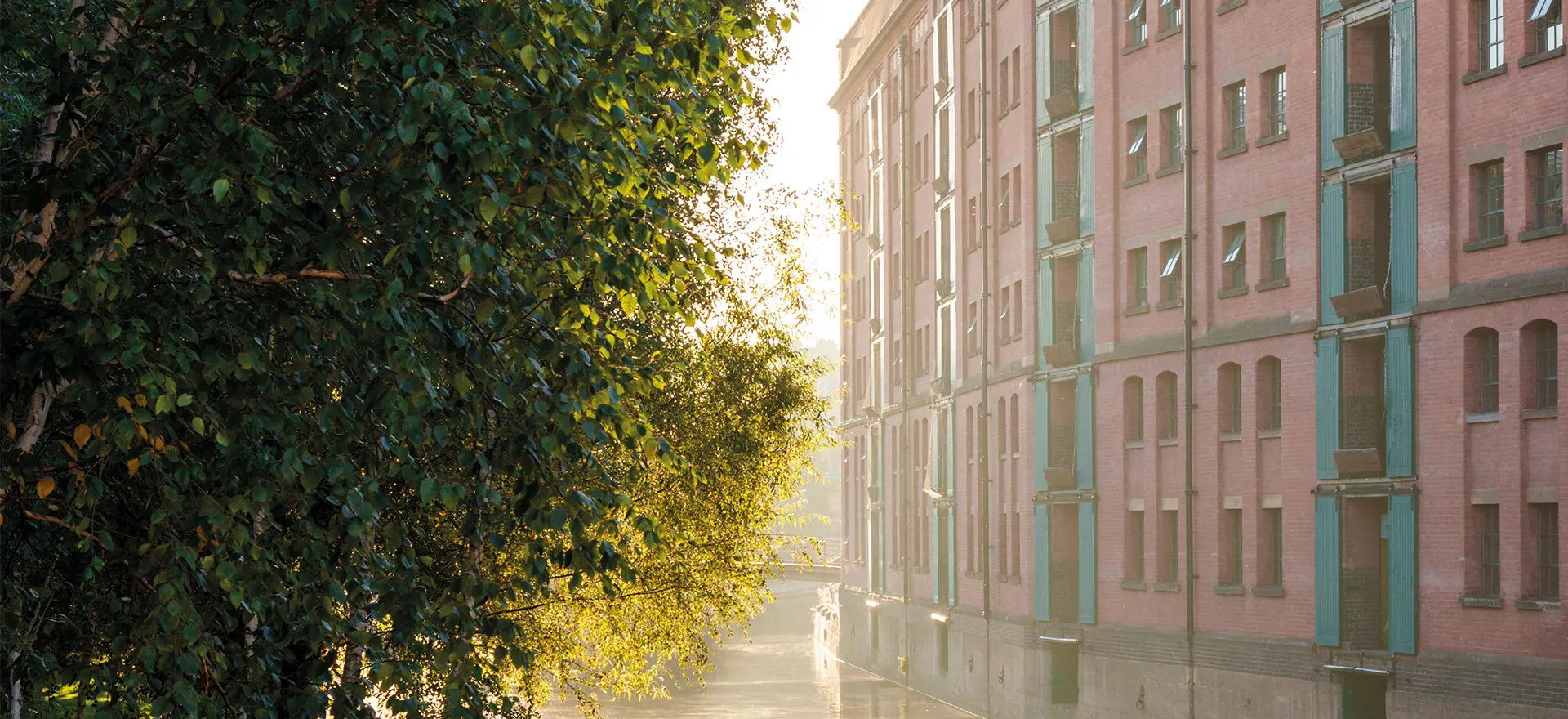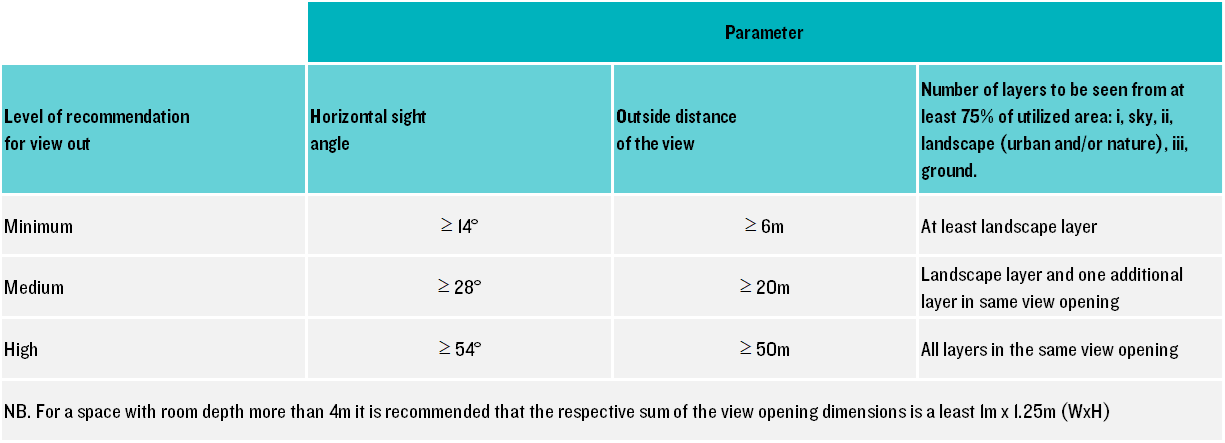The BRE Daylight and Sunlight Report (Site Layout Planning for Daylight and Sunlight: a guide to good practice) has been revised. The guidance contained in the Report has been updated to reflect the changes in the British Standard. It will fundamentally change the way applicants are required to assess natural light conditions for all residential planning applications. It also introduces a requirement to assess other non-residential uses.
The revised BRE Report is a guidance document giving advice on the interpretation of the recommendations given in both British Standard BS EN 17037 and CIBSE guide LG10. The previous British Standard (BS 8206 part 2) was replaced in June 2019 by BS EN 17037.
BS EN 17037 introduces a number of new tests and definitions to the current daylight and sunlight testing practices. The most notable changes are:
- The Average Daylight Factor (ADF) and No Sky Line/Daylight Distribution (DD) tests for proposed accommodation are deleted and replaced.
- Daylight in proposed buildings is to be assessed with reference to the area of the room achieving target daylight factors. An alternative test using target Lux value is also discussed. Both are valid and either can be used by an applicant. The tests introduce the effects of internally and externally reflected light into the daylight evaluation. Target illuminance testing also introduces time criterion.
- Further qualitative tests for View, Sunlight Exposure and Glare are introduced.
- The current documents (BRE Report, BS 8206 part 2 and LG10) discuss daylight and sunlight within homes, schools, hotels and hospitals but do not apply guidance to workspace. The new standard applies to the above buildings and additionally, provides guidance for workspaces.
As anticipated the revised BRE Report leaves the current recommendations for effects on neighbouring properties and open spaces untouched. The major changes will be to assessment of proposed developments with the current daylight (VSC, ADF, DD) and sunlight (APSH) tests being superseded by the new tests.
The changes will have a profound effect on the way daylight and sunlight within new development is assessed. Developers, architects and local planning authorities should be aware of the changes and the implications they will have during the design process and in the determination of planning applications.
Daylight within proposed accommodation
The previous BRE Report recommended that daylight within proposed accommodation was tested using the Average Daylight Factor (ADF), Room Depth and No-Sky Line or ‘Daylight Distribution’ (DD) tests. These tests are deleted and replaced with daylight provision which will now be tested through either of two tests. The new tests are undertaken with reference to minimum, medium and high target illuminance values.
The first suggested test assesses daylight factors
[1] across a reference plane at 850mm above floor level covering the whole room area. The plane should see the target daylight factor (D
TM) achieved across at least 50% of the test plane. For the United Kingdom the target minimum, medium and high daylight factor (D) values are set at 2.1%, 3.5% and 5.0% respectively. For example, as a minimum, rooms should see D values of 2.1% or above across half of their area tested at 850mm above the floor.
The second test applies minimum target illuminance (ET) targets to be achieved across 50% of a reference plane set at 850mm above the floor. These values, 100 lux for bedrooms, 150 lux for living rooms and 200 lx for kitchens mimic the traditionally applied ADF targets. Local climatic data is used and the ET should be achieved for at least half of the available daylight hours (i.e. for 2190 hours per year).
BS EN 17037 Daylight tests summary table:
Sunlight within proposed accommodation
The Annual Probable Sunlight Hours (APSH) tests discussed in the BRE Report are also to be replaced. Under the BS EN 17037 guidance, sunlight amenity is tested on any date between February 1st and March 21st for spaces receiving sun beams (i.e. those facing within 90 degrees of due south). The test determines the possible sunlight duration for that day:
- minimum being 1.5 hours,
- medium being 3.0 hours, and
- high exposure being 4.0 hours.
The assessment is undertaken at a test point on the inside face of the window. Rooms with multiple windows can add the values for each window together where they occur at different times in the day. BS EN 17037 recommends that the at least one habitable room (living room, bedroom, nursery or kitchen) in a whole dwelling should comply with the guidance.
View
BS EN 17037 discusses the importance of ‘view’ on occupants of assessed spaces. It introduces several criteria that combine to form a view and provides guidance on assessing whether the view is rated as minimum, medium or high. A number of testing methodologies are discussed in the BS and all are used to determine the quality of the view and provide minimum window sizes driven by room size. This guidance can be applied to proposed units and neighbouring buildings.
To assess ‘view’, test points are determined within the ‘utilized’ area of the room. These test points are not fixed and are chosen to represent where occupants are likely to spend much of their time. The test points are used to determine the horizontal sight lines and number of layers of view visible when tested at 1.2 m above the floor level. Additionally, the distance to external obstructions is determined. All of the factors are then assessed to determine the rating of the view.
BS EN 17037 View tests summary table:
Glare
BS EN 17037 discusses the effects of overly bright areas or areas where there is a strong contrast between light and dark on the human eye. Importantly the new BS recommends that for areas where people cannot choose their position and viewing direction, protection from glare is provided. The standard discusses a number of tests that can be applied to assess the potential for glare and the effectiveness of the provided protection. In practical terms glare assessment is unlikely to be required in housing as a general rule as occupants can choose to change position or are able to use shading devices (blinds/curtains) to mitigate the instances.
Summary
BS EN 17037 changes the tests to be applied when assessing natural light provision within proposed accommodation. The previous daylight tests of ADF and DD/No-Sky Line are deleted and replaced. Sunlight tests are also deleted and replaced. Additional testing for ‘view’ is be introduced.
The revised methodologies are significantly different from the ‘traditional’ approaches to assessing daylight and sunlight conditions for planning. They provide a more accurate assessment of natural light within buildings. The move away from the previous simplified calculations has been brought about by the advances in simulation technology and the need to provide practical guidance for natural light in urban areas.
The changes will have a pronounced effect on the way daylight and sunlight is assessed for all residential planning applications. Developers, architects and local planning authorities will need to familiarise themselves with the new guidance to ensure it is correctly applied in the design of new development and in the determination of planning applications
Lichfields’ Natural Light team is well versed in the changes and has been using the revised calculations for some time to provide discussion and verification of findings for developments in dense urban areas. We would be happy to discuss the revised calculations and their impacts on natural light testing or can arrange a CPD session covering these new approaches to the assessment of daylight and sunlight.
[1] Ratio of illuminance received directly or indirectly from an overcast sky at a point on a reference plane to that received by an unobstructed horizontal plane.





